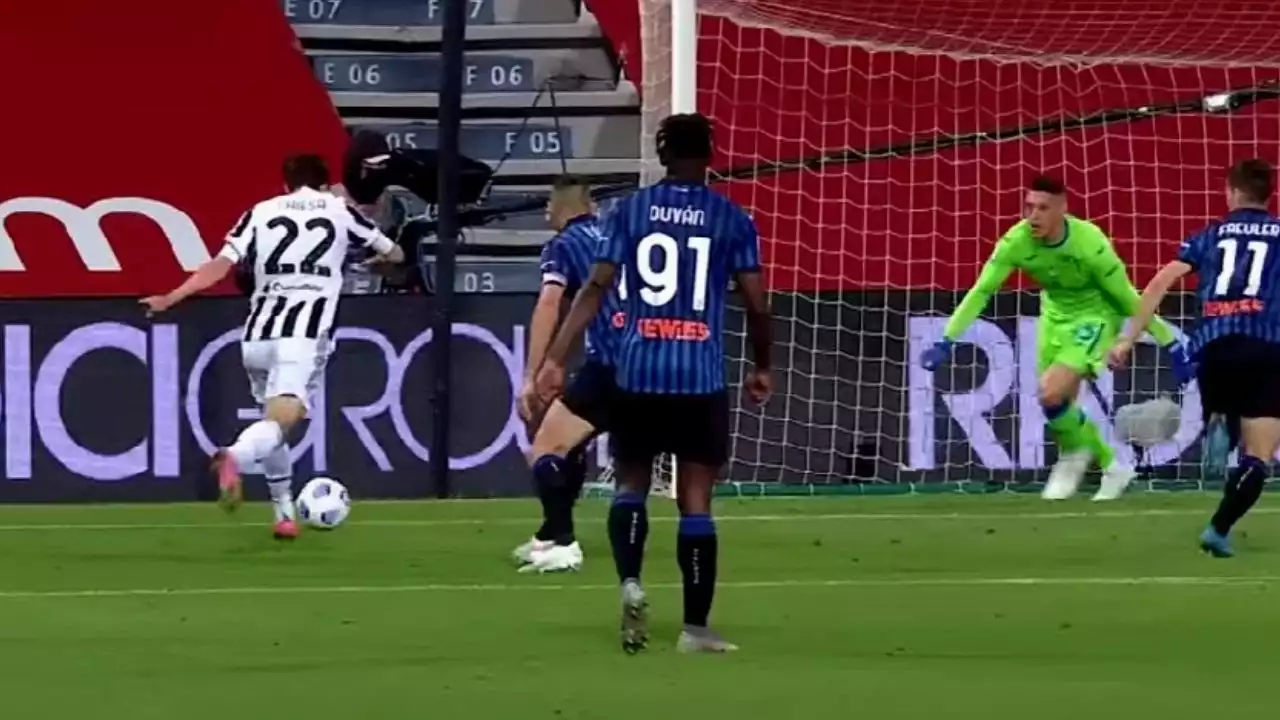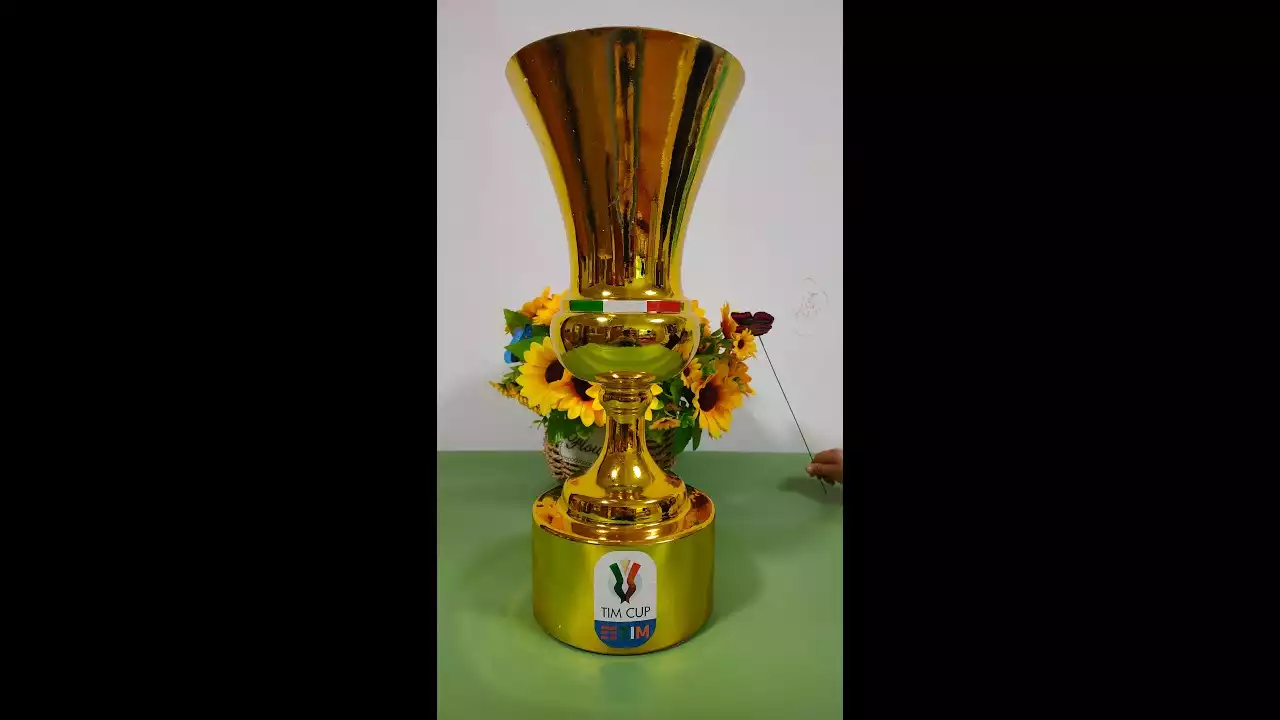Brief history of the Coppa Italia
The Coppa Italia, or Italian Cup, is a domestic knockout football competition held annually in Italy. First established in 1922, the tournament has a rich history and has evolved significantly over the years. The Coppa Italia was initially known as the "National Challenge Cup" and was open to clubs from all regions of Italy.
Throughout its history, the Coppa Italia has witnessed numerous memorable moments and provided a platform for teams to showcase their talent. From underdog victories to intense rivalries, the tournament has always been a source of excitement for football fans across the country.
Overview of the current format
In its current format, the Coppa Italia consists of a total of 78 teams. These teams include those from Serie A, Serie B, Serie C, and Serie D, as well as teams from the Eccellenza and Promozione leagues. The format ensures that teams from all levels of Italian football have a chance to compete against each other, creating a sense of unpredictability and excitement.
The competition begins with the first round, which involves teams from the lower divisions. As the tournament progresses, teams from higher divisions enter the competition, leading to intriguing matchups between top-tier clubs. The tournament culminates in a thrilling final, where two teams battle it out for the coveted Coppa Italia trophy.
Rule 1: Qualification process for participating teams
To participate in the Coppa Italia, teams must meet specific qualification criteria. The majority of teams gain entry based on their performance in the previous season's league standings. Serie A teams automatically qualify for the tournament, while teams from lower divisions must navigate through preliminary rounds to secure their place.
This qualification process ensures that teams earn their spot in the tournament based on merit, creating a fair and competitive environment. It also allows smaller teams the opportunity to face off against top-tier clubs, providing them with valuable exposure and a chance to make a name for themselves.
Rule 2: Home and away matches
In the Coppa Italia, matches are played both at home and away, adding an extra layer of excitement and strategy to the competition. The home and away format ensures that teams have an equal opportunity to showcase their skills on their own turf and in unfamiliar environments.
Playing at home provides teams with the advantage of familiar surroundings and the support of their passionate fans. On the other hand, playing away presents teams with the challenge of adapting to different stadiums and crowd dynamics. This rule adds an element of unpredictability to the tournament, making each matchup a thrilling contest.
Rule 3: Seeding and draw process
The seeding and draw process in the Coppa Italia plays a crucial role in determining the matchups for each round. The draw is conducted in a manner that ensures a fair distribution of teams and avoids potential conflicts, such as teams from the same city or region facing each other too early in the competition.
The seeding process takes into account the performance of teams in the previous season's league standings. Higher-seeded teams are paired with lower-seeded teams in the earlier rounds, gradually leading to matchups between top-tier clubs in the later stages of the tournament. This system ensures that the Coppa Italia maintains a level of competitiveness and provides captivating matchups for fans to enjoy.
Rule 4: Single elimination vs. two-legged ties
The Coppa Italia employs a combination of single elimination and two-legged ties throughout the competition. In the early rounds, matches are typically played as single elimination, where the winner advances to the next round, and the loser is eliminated from the tournament.
As the tournament progresses, certain rounds, such as the semi-finals, adopt a two-legged tie format. This means that each team plays one match at home and one away, with the aggregate score determining the winner. This rule adds an extra level of intrigue and strategy, as teams must carefully manage their performance across both legs to secure a spot in the next round.
Rule 5: Away goals rule in the Coppa Italia
The away goals rule is a unique feature of the Coppa Italia format. In two-legged ties, if the aggregate score is level after both matches, the team that has scored more goals away from home is declared the winner. This rule adds a thrilling twist to the competition, as teams must carefully consider their approach in away matches to maximize their chances of advancing.
The away goals rule incentivizes attacking play and adds an element of drama to the tournament. It often leads to tense moments in matches, where teams are desperately seeking an away goal to gain an advantage. This rule has produced countless memorable moments in the history of the Coppa Italia and adds an exciting dimension to the competition.
Comparisons with other domestic cup competitions
While the Coppa Italia has its unique set of rules, it shares similarities with other domestic cup competitions around the world. The format of knockout rounds, home and away matches, and the inclusion of teams from various divisions are common features in cup competitions globally.
However, each tournament has its distinct flavor and traditions. The Coppa Italia, with its rich history and passionate football culture, stands out as one of the most captivating domestic cup competitions in the world. Its unique rules and intense matchups make it a must-watch event for football enthusiasts, offering a glimpse into the heart and soul of Italian football.
The Coppa Italia is more than just a football tournament; it is a celebration of Italian football culture and tradition. Understanding the rules that shape this captivating competition allows fans to appreciate the strategic nuances and thrilling moments that unfold throughout the tournament.
From the qualification process to the home and away matches, seeding and draw process, single elimination vs. two-legged ties, and the away goals rule, each rule plays a vital role in determining the course of the Coppa Italia. These rules create an environment where underdogs can triumph, and established powerhouses can be challenged, making every match an exhilarating spectacle.
So, the next time you tune in to watch the Coppa Italia, armed with the knowledge of these five essential rules, you'll have a deeper appreciation for the drama and excitement that unfolds on the pitch. It's time to crack the code and immerse yourself in the captivating world of the Coppa Italia.









